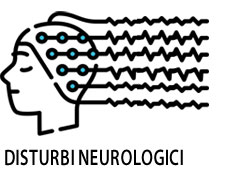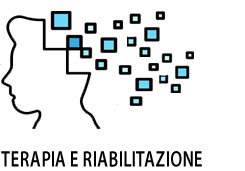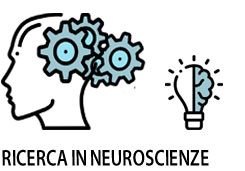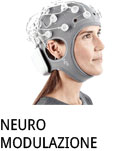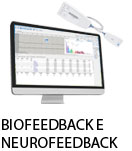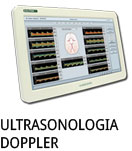- +39 011 5821948
- info@geasoluzioni.it
- Lun - Ven 8:00 - 17:00
Transcranial direct current stimulation for upper limb neuropathic pain: A double‐blind randomized controlled trial
- Abstract:
- Background While promising, there are mixed findings for the efficacy of transcranial direct current stimulation (tDCS) for the management of chronic pain. The goal of the current study was to evaluate the effect of anodal tDCS on pain and function in people with upper limb neuropathic pain. Methods The study was a double‐blinded, randomized controlled trial. Thirty participants were randomly allocated into active and sham tDCS groups. Baseline assessments of pain and function, as well as quantitative sensory testing (QST) to probe the function of the nociceptive system, were undertaken prior to participants receiving five days of active or sham anodal tDCS (1 mA) over the primary motor cortex. The outcome measures were re‐assessed 1, 3, and 8 weeks following the intervention. Results Group analyses revealed no significant improvement in pain, function, or QST measures over time in either group. However, there were significantly more individual responders (≥30% change in pain) in the active compared to the sham tDCS group at the final follow‐up. In the active group, there was a significant correlation indicating those with higher baseline pain had greater pain relief. Conclusions On group analyses, no evidence was provided that 1mA tDCS is beneficial for people with upper limb neuropathic pain, although it may provide lasting pain relief for some individuals.
- Patologie/Applicazioni:
- Anno:
- 2018
- Tipo di pubblicazione:
- Articolo
- Parola chiave:
- dolore; stimolazione elettrica transcranica
- Testata scientifica:
- European Journal of Pain
- Nota:
- Obiettivo del lavoro è la valutazione dell'effetto della tDCS in soggetti con dolore neuropatico agli arti superiori. I pazienti sono stati sottoposti a 5 sessioni di tDCS anodica o sham, erogata ad 1mA di intensità sull'area motoria M1. A livello di gruppo, non vi è evidenza che 5 sessioni di tDCS ad 1 mA possano determinare risultati significativi sul dolore neuropatico agli arti superiori. I soggetti del gruppo attivo che si sono dimostrati responsivi alla tDCS, hanno dichiarato di trarre beneficio nel sollievo dal dolore dopo il trattamento.
- DOI:
- https://doi.org/10.1002/ejp.1220
Hits: 2225
La nostra storia
GEA soluzioni si affaccia nel 2013 al mercato della strumentazione medicale di alto livello tecnologico ma la sua storia parte da più lontano, clicca qui per approfondire.
GEA SOLUZIONI SRL
via Spalato 72/A, Torino
Tel.: 011 5821948 / 011 4463853
Fax: 011 0433281
Email: info @ geasoluzioni.it
P. IVA IT11696920013
REA TO1233648

